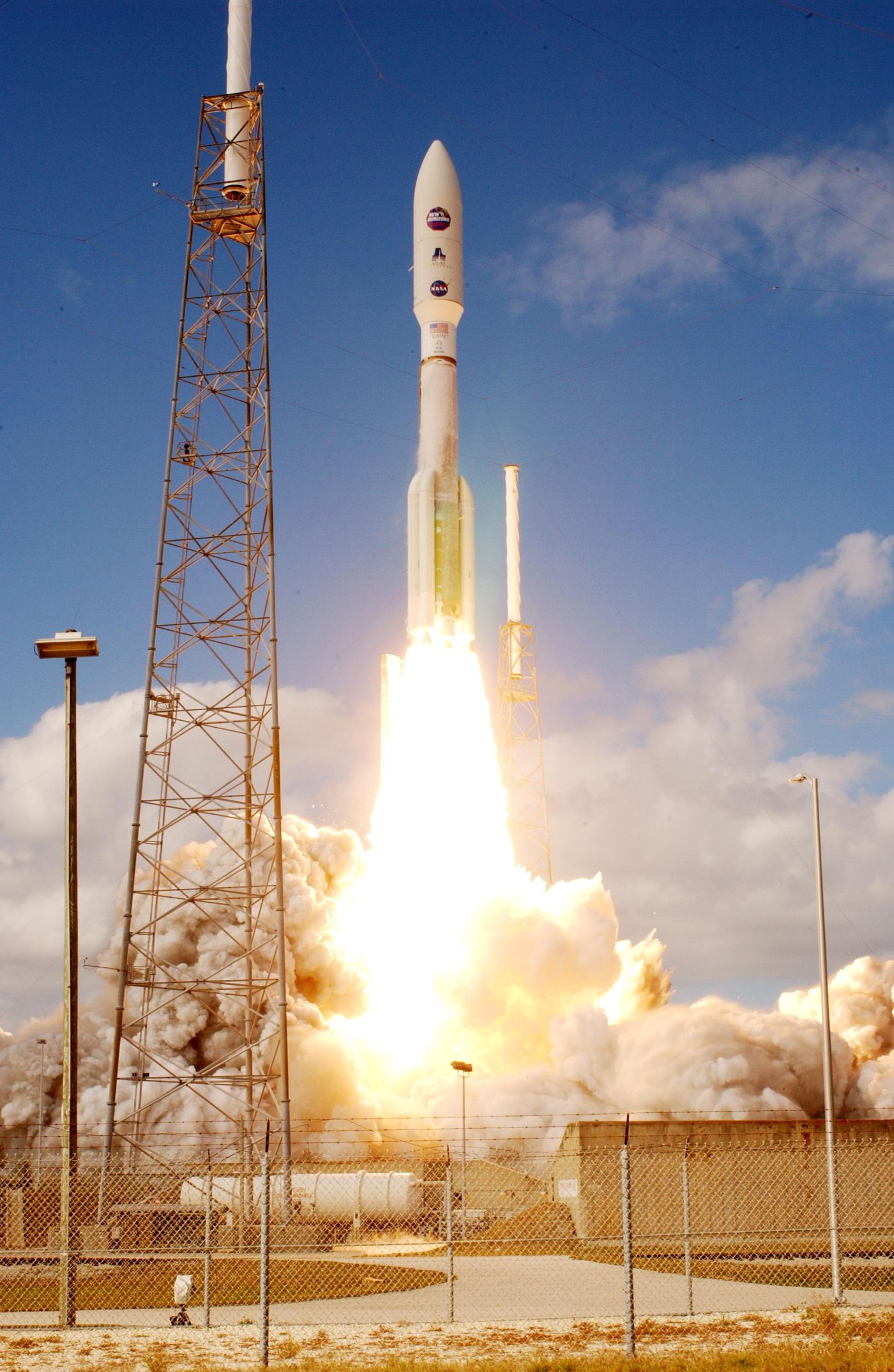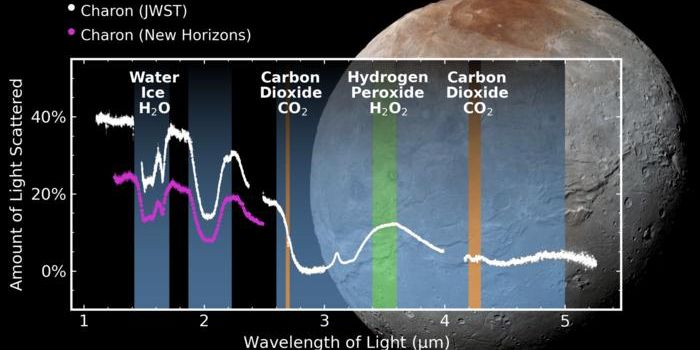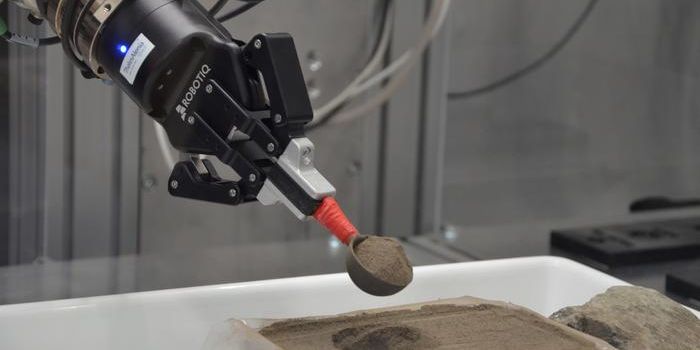This Day in Space (January 19, 2006): NASA's New Horizons Launches Historic Mission to Pluto
On this historic day in space, NASA’s New Horizons spacecraft was launched aboard an Atlas V rocket at Cape Canaveral Space Force Station, beginning its nine-year mission to explore the dwarf planet Pluto, which was the only planetary object having never been visited by a spacecraft. After launch, New Horizons became the fastest human-made object to leave Earth at an astonishing 36,000 miles per hour as it rocketed towards the outer solar system. While en route to Pluto, New Horizons conducted an incidental flyby of asteroid, 132524 APL, followed by gravity assist at Jupiter that flung the spacecraft to the farthest reaches of the solar system.
NASA's New Horizons imaged liftinf off onboard an Atlas V rocket on January 19, 2006. (Credit: NASA)
Arriving at Pluto on July 14, 2015, New Horizons revealed a world in stark contrast to what scientists were expecting, as the dwarf planet was long hypothesized to be a barren rock of ice. However, images beamed back from the flyby revealed an intricate landscape of smooth plains and mountainous terrain comprised of nitrogen and water-ice, respectively. Additionally, Pluto was revealed to have an atmosphere comprised of nitrogen, methane, and carbon dioxide, which New Horizons imaged as it flew past the dwarf planet with the atmosphere eclipsing the very faint Sun.
Approximately three and a half years later, on January 1, 2019, New Horizons sped past the trans-Neptunian object, 486958 Arrokoth, which is classified as a contact binary, meaning two large pieces of rock are connected without completely becoming a single piece.
Currently, New Horizons is speeding away from the solar system, having reached 50 astronomical units (AU) from the Sun on April 21, 2021. While there are currently no targets for New Horizons as it continues speeding away into the cosmos, the lessons we learned from Pluto taught us the uniqueness and splendor of not just the solar system, but the universe as a whole.
We take this time to thank New Horizons for its tireless efforts and commitment to science as we continue to explore the unknown and seek new ways to better understand the universe!
As always, keep doing science & keep looking up!
Sources: NASA, NASA (1), Scientific American, Wikipedia, Labroots, Wikipedia (1)









